Anthurium – Flamingo Lily
Orchids are among the most elegant and captivating flowering plants, known for their stunning blooms and diverse range of species and hybrids. This comprehensive guide will explore the fascinating world of orchids, covering their origins, growth habits, cultivation techniques, and care requirements. By the end of this guide, you will have a comprehensive understanding of orchids and be equipped with the knowledge to grow and enjoy these beautiful plants successfully.
Origins and Diversity:
Orchids are found in various regions across the globe, from tropical rainforests to temperate climates. With over 25,000 species and numerous hybrids, orchids display an incredible array of colours, shapes, and sizes, making them a favourite among collectors and enthusiasts.
Growing Environment:
Creating the ideal growing environment is essential for orchid success. Most orchids thrive in well-draining and aerated potting mixtures that provide adequate moisture retention. They require ample air circulation, high humidity, and indirect or filtered light to mimic their natural habitat.
Watering and Humidity:
Proper watering is crucial for orchids, as they have specific moisture requirements. Most orchids prefer a balanced approach, allowing the potting mix to dry slightly between waterings. Orchids also benefit from increased humidity levels through misting or using a humidifier.
Light Requirements:
Orchids have varying light preferences depending on their species or hybrids. While some orchids thrive in bright indirect light, others prefer filtered or dappled light. Understanding your specific orchid’s light requirements is essential to ensure optimal growth and flowering.
Fertilization and Nutrition:
Orchids have unique nutritional needs, requiring specialized orchid fertilizers that provide essential nutrients in balanced ratios. Regular feeding during the growing season helps promote healthy growth and flowering. However, following the manufacturer’s instructions and avoiding over-fertilization is crucial.
Potting and Repotting:
Orchids have different potting requirements depending on their growth habits. Most orchids prefer pots with good drainage, allowing air to reach the roots. Repotting is necessary when the potting mix breaks down or becomes too compact, typically every one to two years.
Orchid Care:
Proper care involves regularly monitoring pests and diseases like mealybugs, scale, or fungal infections. Adequate air circulation, temperature control, and cleanliness help prevent these issues. Regularly inspect your orchids for signs of stress or disease, and take appropriate measures if necessary.
Orchid Propagation:
Orchids can be propagated through various methods, including division, back bulb propagation, and keiki propagation. Each technique requires specific knowledge and timing. Propagation allows you to expand your orchid collection or share plants with fellow enthusiasts.
Orchid Blooming:
The blooming period of orchids varies depending on the species or hybrid. Some orchids bloom once a year, while others may have multiple blooming cycles throughout the year. Understanding the natural blooming patterns of your orchids helps you anticipate and appreciate their breathtaking flowers.
Orchid Display and Enjoyment:
Orchids make stunning additions to any indoor or outdoor space. Their vibrant colours and intricate flower shapes create a focal point and add a touch of elegance to your surroundings. Orchids can be displayed in hanging baskets, mounted on bark or other surfaces, or showcased in decorative pots.
Orchids are beautiful plants that captivate with their beauty and diversity. Following the comprehensive knowledge shared in this guide prepares you to embark on your orchid-growing journey. Embrace the challenge and reward of cultivating orchids, and enjoy the endless joy they bring with their exquisite blooms.
Things to know about ANTHURIUM
Common (vernacular) Name
एन्थूरियम (Hindi), Anthurium, Flamingo Lily, Flamingo Flower, Painter's Palette, Lace Leaf, Pigtail Plants, Tail Flower and many more.
Botanical Name
Anthurium Andraeanum
Origin
Mexico to Tropical America (Colombia, Ecuador).
Family
Araceae
Plant Type
Tropical plant
Plant Features
Ornamental / Evergreen / Exotic
Life Cycle
Perennial
Landscape Uses
Container Planting and Houseplants.
Species
Belolonchium, Calomystrium, Cardiolonchium, Chamaerepium, Cordatopunctatum, Dactylophyllium, Decurrentia, Digitinervium, Gymnopodium, Leptanthurium, Pachyneurium, Polyphyllium, Polyneurium, Porphyrochitonium, Schizoplacium, Semaeophyllium, Tetraspermium, Urospadix, Xialophyllium.
Varieties
It comes with thousand of different varieties in a diversity of leaf and flower colorations.
Size
Height : 1 to 1.5 feet tall and Width : 1 feet wide when mature.
Indoors or Outdoors
Outdoors : Anthurium can be used outdoors in shady plantings, avoid direct sun light.
Indoors : Excellent plant grow in bright light or indirect light. Best indoor plants for beginners.
Blooming / Flowering
Blooming period is throughout the year.
Flower Colour
It’s come with a contrasting spadix Gold, Yellow, Orange, Pink, White, Green, Purple, Red, Burgundy, Multicolored and Variegated colours.
Lucky Plant
According to Feng Shui, It bring Good Luck in your relationships.
Lighting / Sun Exposure
Bright Indirect Sunlight.
Temperature
Grow best preferably warm temperature above 21°C and can be tolerate max temp. as high as 32°C.
Growth Rate
Anthurium is a slow to moderate growers plant.
Watering
Moderate watering, Mist or over head sprinkler to provide water and to improve relative humidity. Not tolerate overwatering it may cause root damage and yellowing of the leaves.
Fertilizer
Slow-release fertilizer, or a water-soluble liquid fertilizer once or twice in the growing season (Spring through Summer).
i.e. - Cow dung, DAP, Compost, NPK 30-10-10 fertilizer, liquid organic fertilizer etc.
Pruning
Pruning of Anthurium not much is needed. However, trimming away only discolored or dead leaves.
Propagation
Seeds : The best time to sow your Anthurium seeds is in the end of Winter / early Spring but it can't can give good result.
Stem Cuttings : The easier methods of propagation of Anthurium in water or in soil via stem cuttings, and can be done during the warm growing season.
Division : Division of Anthurium can be done in Rainy season, or better in February to March.
Dormancy Period
Month : November to February (winter season)
Shed their leaves and show poor growth, Watering minimally.
Avoid : Propagate, Fertilize and Repotting.
Container
Ceramic Pot, Plastic Pot, Terracotta or Clay Pot is preferred, which ensures good drainage as well as water holding capacity.
Soil Type
A well-drained Loam / Coarse potting soil is recommended as well as water holding capacity. Prevent soggy potting medium.
Our recommendation for potting mix : Equal part mixture of Garden Soil (25%) + Compost (25%) + River Sand (25%) + Cocopeat (25%). You can substitute pieces of Charcoal, Vermicompost, Perlite etc.
Soil pH
Lightly Acidic soil - Ideally 5.5 to 6.5 pH (potential of hydrogen) is recommended for Anthurium.
Repotting
It is advisable to repot the Anthurium every year or two preferably spring to midsummer season.
Maintenance
Low maintenance and easy to grow.
Properties
Toxic or Poisonous to both humans and pets upon ingestion.
Benefits
Excellent indoor air purifier, Anthurium plants turns CO2 into oxygen. It purifies indoor air by removing harmful chemicals like ammonia, toluene, xylene and formaldehyde.
Special Features
Doesn't attract hummingbirds and pollinators like butterflies and bees or wasps.
Infestation / Pests
Aphids, Scale insects, Thrips, Mealy bugs, Spider mites and caterpillars etc.
Diseases / Problem
Physiological Problem : Anthracnose, Leaf Spot and Powdery Mildew.
Bacterial Problem : Bacterial Blight, Bacterial Wilt and Black Nose Disease.
Fungal Problems : Root Rot and Water Mold.
Some Glimpse of ANTHURIUM

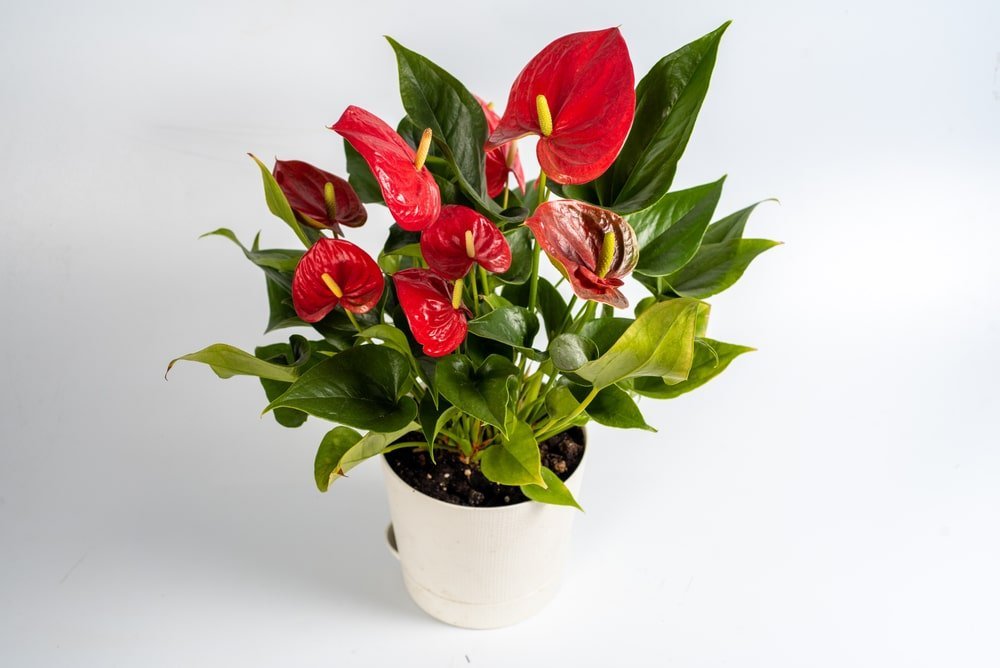
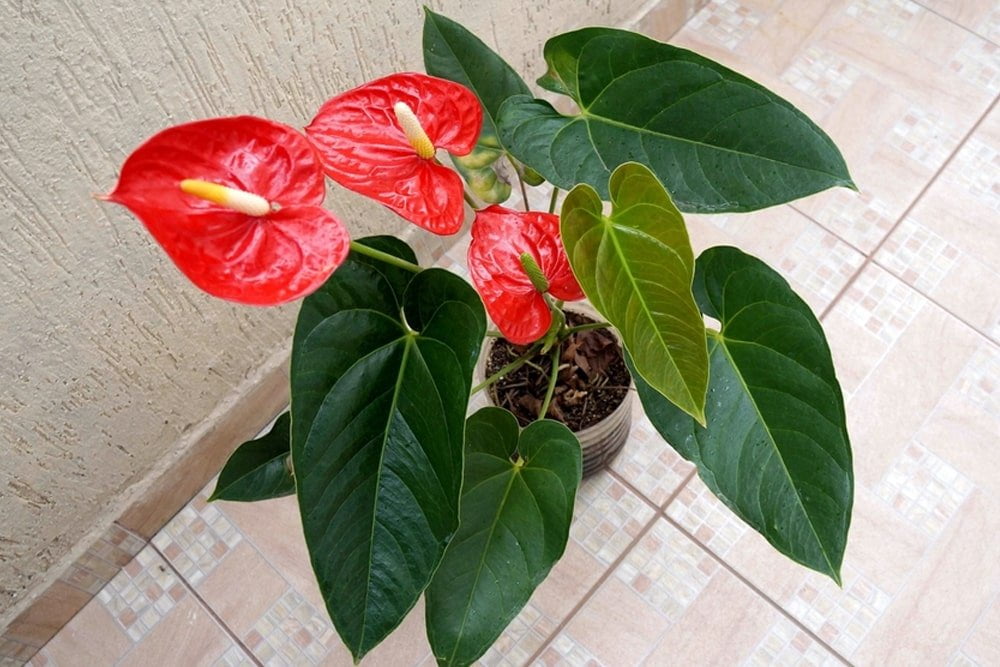


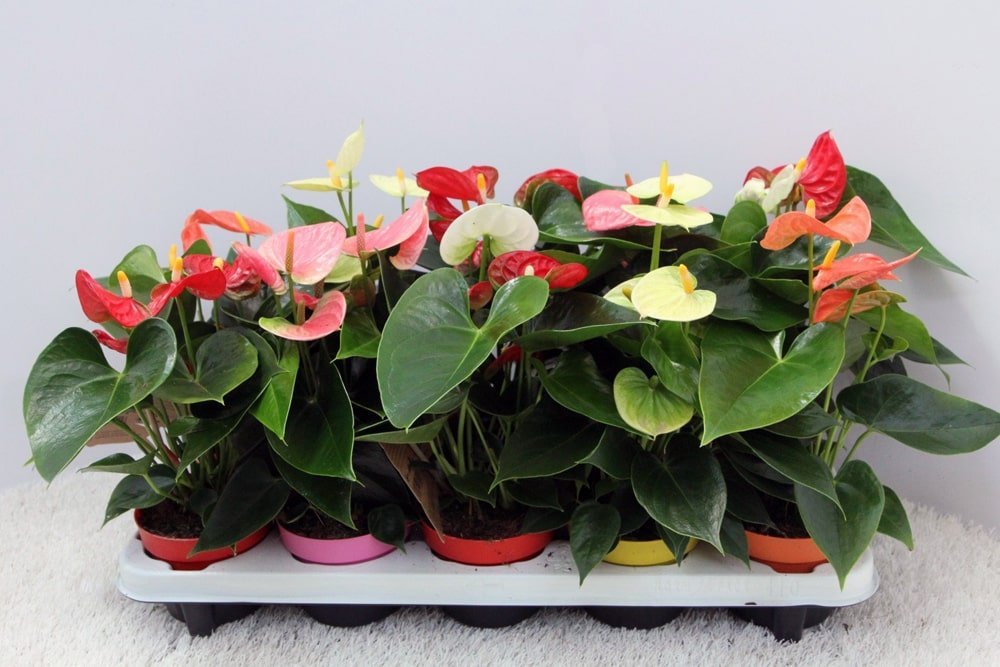


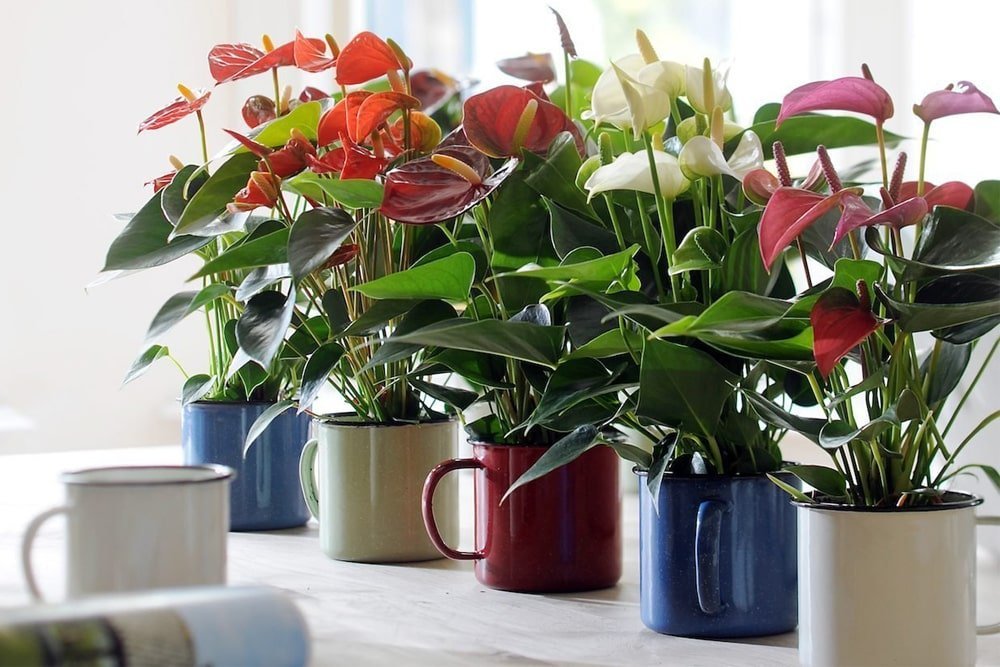
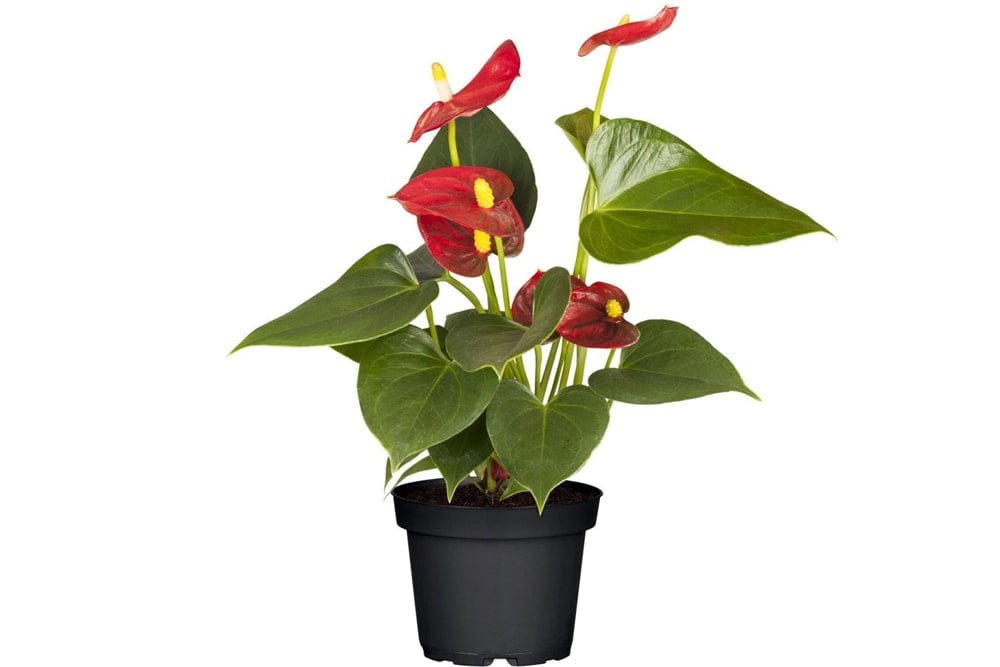
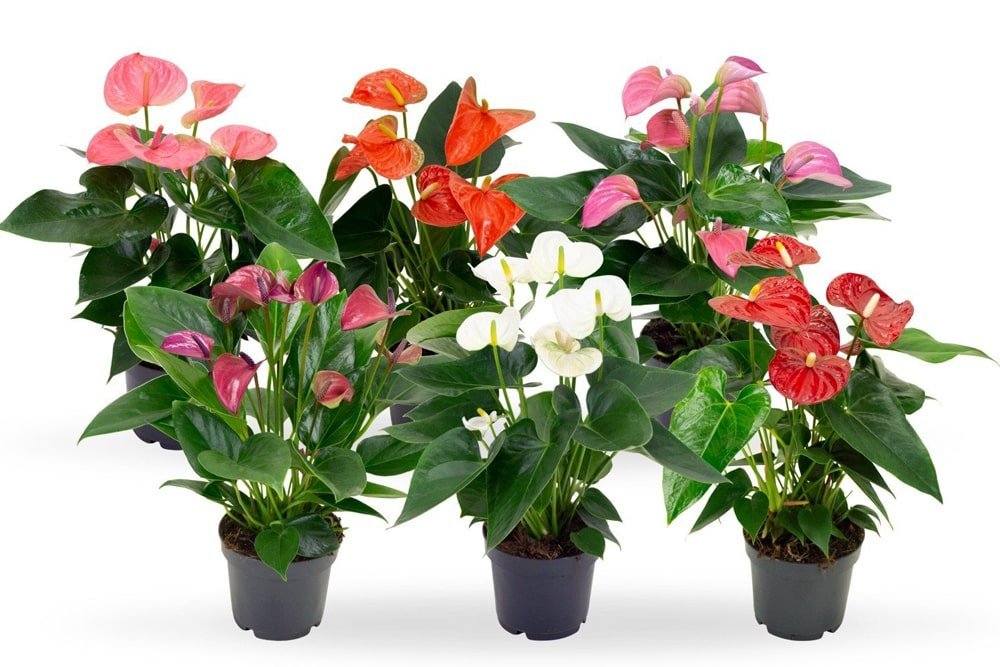
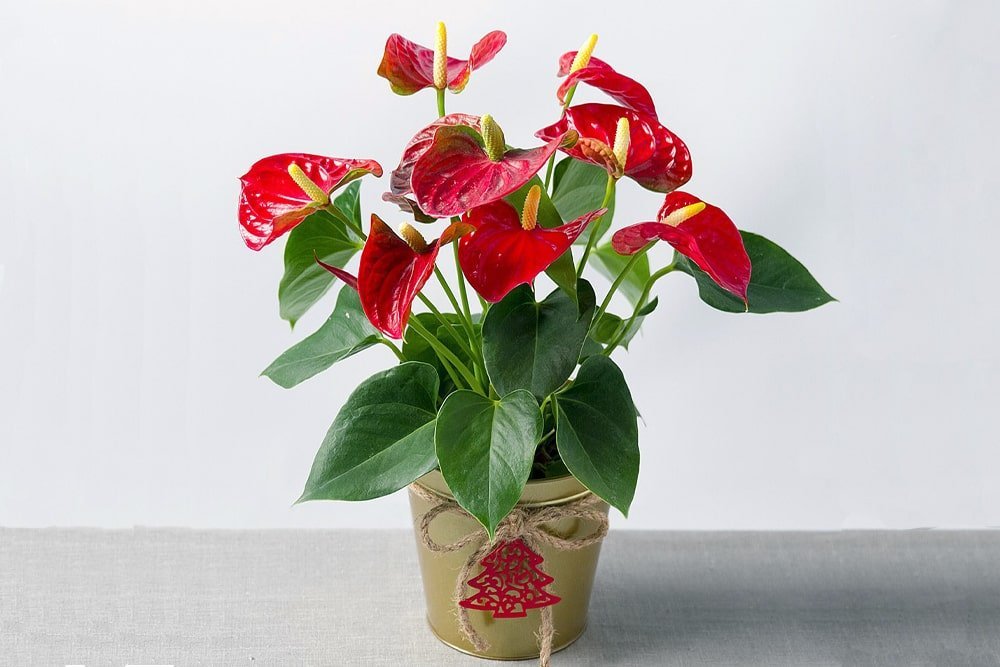


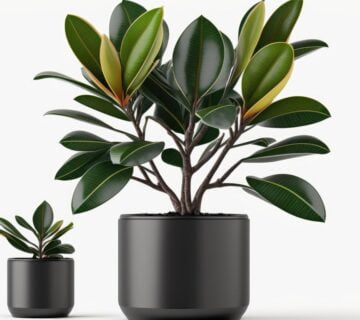
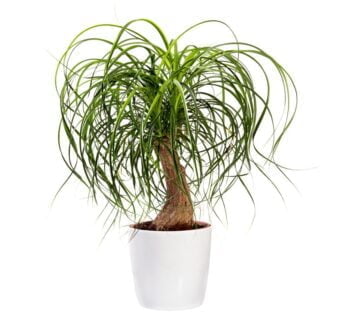
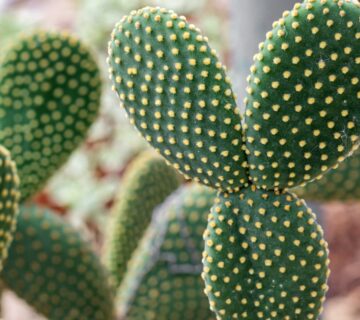
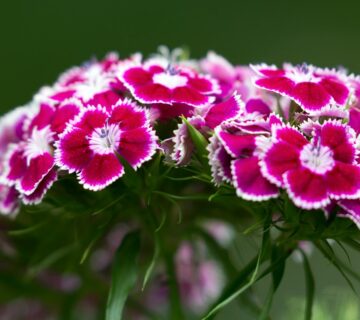
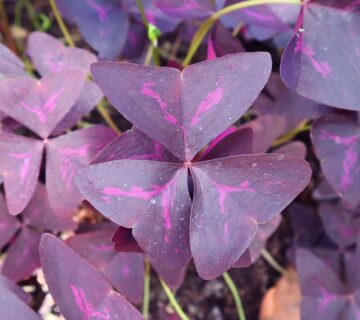

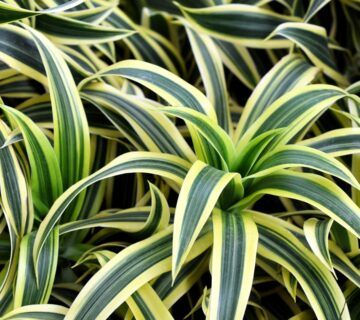
No comment